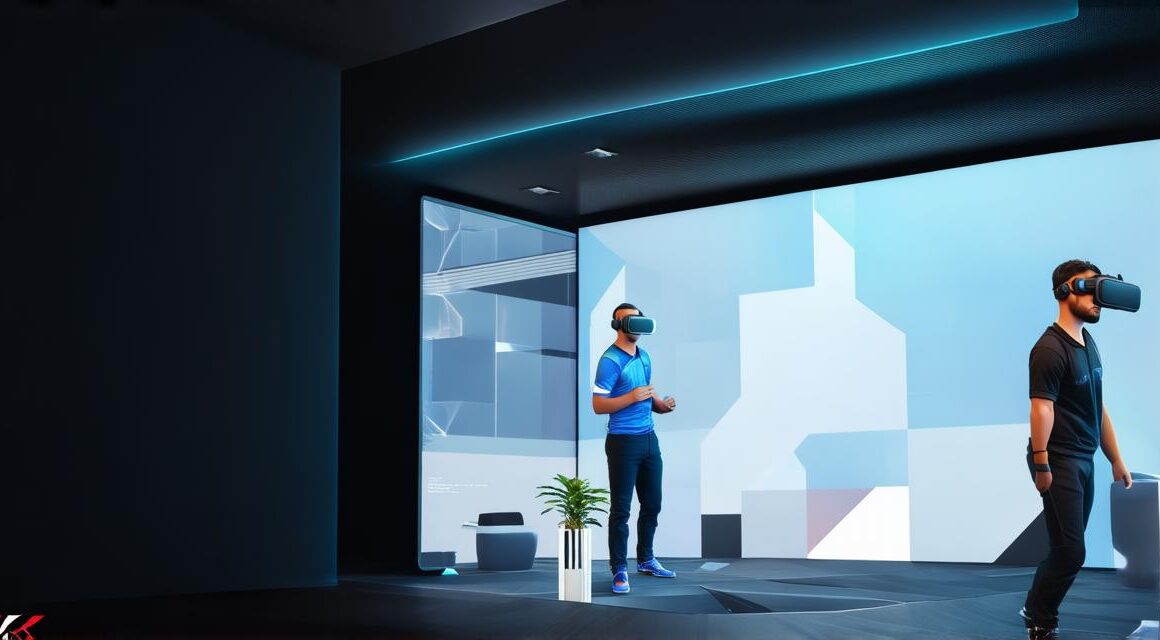Are you looking for a powerful tool to create interactive experiences on multiple platforms? Look no further than Unity 3D! This popular game engine is used by developers to create engaging games for web, mobile, console, and VR/AR. In this article, we will explore the basics of Unity 3D, including its features, capabilities, and real-life examples of successful games created using this platform.
Features of Unity 3D
Unity 3D has a number of features that make it an attractive option for game developers. Here are some of the key features:
- Cross-platform development: With Unity 3D, developers can create games that run on multiple platforms with just one code base. This allows developers to reach a larger audience without having to create separate versions for each platform.
- Easy learning curve: Unity 3D has a user-friendly interface and is relatively easy to learn for developers who are new to game development. It also offers extensive documentation, tutorials, and community support to help newcomers get started quickly.
- Large community support: Unity Technologies has a large and active community of developers who contribute to the platform, create assets, and share their knowledge with others. This makes it easy for developers to find solutions to problems they may encounter while using Unity 3D.
- Advanced graphics: Unity 3D supports advanced graphics features including real-time rendering, lighting effects, and particle systems, which can help developers create visually stunning games. It also offers tools like post-processing and shaders to further enhance the look and feel of their games.
- Physics engine: Unity 3D includes a built-in physics engine that allows for realistic physics simulation in games. This can be especially useful for creating complex games like puzzle games or action games. The physics engine also supports rigidbody, collider, and animation components, which make it easy to create dynamic and interactive environments.
- Asset store: Unity 3D has a marketplace called the Unity Asset Store, where developers can find pre-made assets like models, textures, and scripts that can be used in their projects. This saves time and effort for developers who may not have the resources to create everything from scratch.
- Scripting: Unity 3D supports a number of scripting languages including C and JavaScript, which makes it easy for developers to write code that is both efficient and readable. It also offers features like monobehavior and coroutines, which make it easier to create complex game logic.
- Multiplayer support: Unity 3D includes tools for creating multiplayer games, including dedicated server hosting and matchmaking services. This makes it easy for developers to create games that can be played by players all over the world.
How to Use Unity 3D
To use Unity 3D, developers need to follow these general steps:
- Install Unity 3D: Developers need to install the latest version of Unity 3D on their computer and create a new project. They can then choose a template or start from scratch, depending on their needs.
- Create assets: Developers can create their own assets or use existing assets from the Unity Asset Store. They can also import assets from other software packages like Blender or 3ds Max.
- Code game logic: Developers need to write code to define the game’s logic and behavior, including player controls, enemy movement, and scoring system. They can use C or JavaScript for this purpose.
- Import assets: Developers can import their own assets or use existing assets from the Unity Asset Store into their project. They can also create their own assets using tools like Blender or 3ds Max.
- Test and debug: Developers need to test their game thoroughly to ensure it is working as expected and fix any bugs that are found. They can use Unity’s built-in testing tools or third-party plugins like Playmaker for this purpose.
- Publish and deploy: Once the game is complete, developers can publish it on the platform they choose (web, mobile, console, or VR/AR) and deploy it to their target audience.
Real-Life Examples of Successful Games Created Using Unity 3D
There are countless games created using Unity 3D, but here are a few examples of successful games that showcase the power of this platform:
- Pokémon Go: This augmented reality game was created using Unity 3D and quickly became one of the most popular mobile games in history. It uses the camera on a smartphone to overlay virtual creatures onto the real world, and players must catch them all while avoiding obstacles like trees and buildings.
- Among Us: This social deduction game was created using Unity 3D and has become a phenomenon on PC and mobile platforms. Players take on roles as either an impostor or crew member on a spaceship, and they must work together to complete tasks while trying to identify the impostor among them.
- Beat Saber: This rhythm game was created using Unity 3D and has become a cult classic on VR platforms. Players swing light sabers to match the beat of music, and they can create their own levels or compete with others online.
- Tetris: This classic puzzle game was originally created in the 80s on an Atari 2600 console, but it has since been remade countless times using Unity 3D. The latest version of Tetris, called “Tetris Quest”, was created specifically for mobile platforms and features new levels and power-ups.



